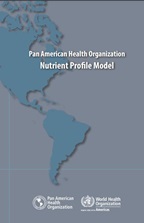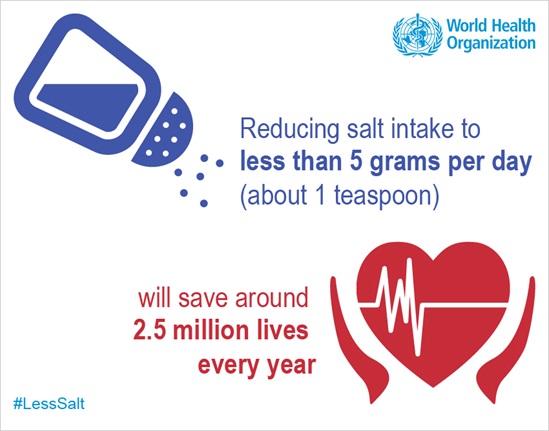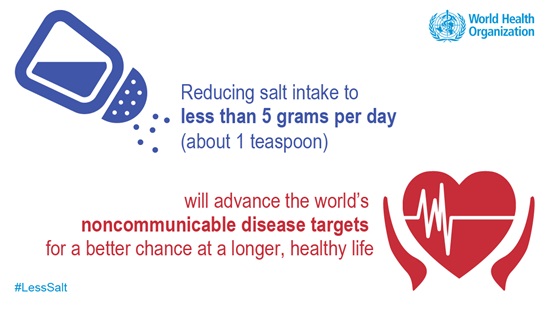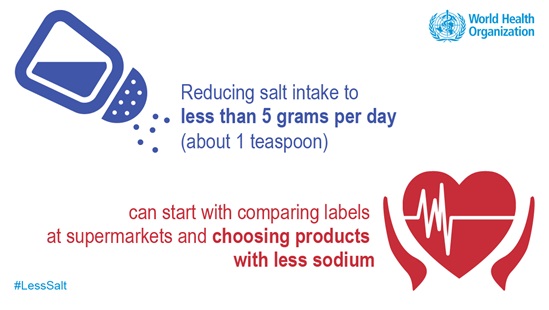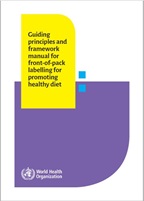Reducing population sodium/salt intake
Excess sodium intake leads to increased blood pressure, and increased blood pressure results in increased risks of cardiovascular diseases. In 2013, Member States adopted the Global action plan for the prevention and control of non-communicable diseases 2013-2020, to take coordinated action at all levels, to attain nine voluntary global targets, including a 30% relative reduction in mean population intake of sodium by 2025 with a goal of <2000mg/day. Sodium reduction has since been recognized by WHO as one of the “best buys” in global public health, yielding an estimated return on investment of USD$13-78 for every dollar invested.
While a number of countries are taking action to reduce population sodium/salt intake, additional efforts are needed to reduce the health consequences, particularly in low- and middle-income countries where the risk of death from raised blood pressure is more than double that in high-income countries. To further action and commitments towards achieving a 30% reduction in dietary sodium by 2025 and a reduction to 2000mg/day beyond 2025, WHO is developing guidance and technical tools to support the implementation of sodium reduction strategies.


